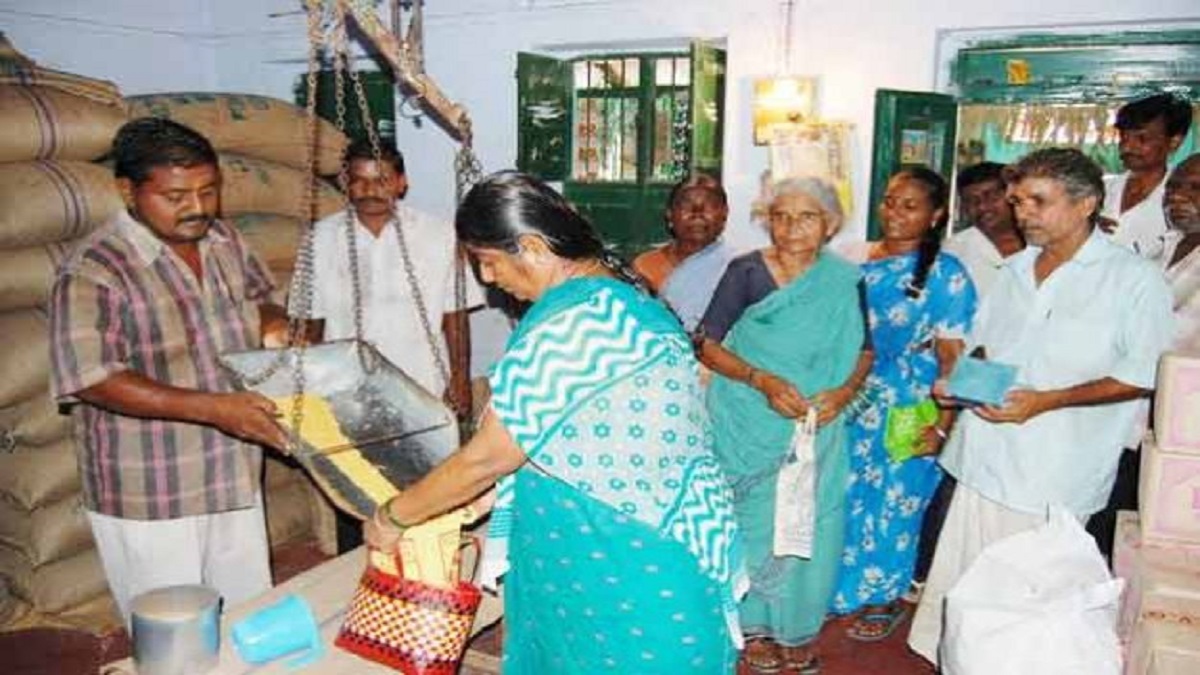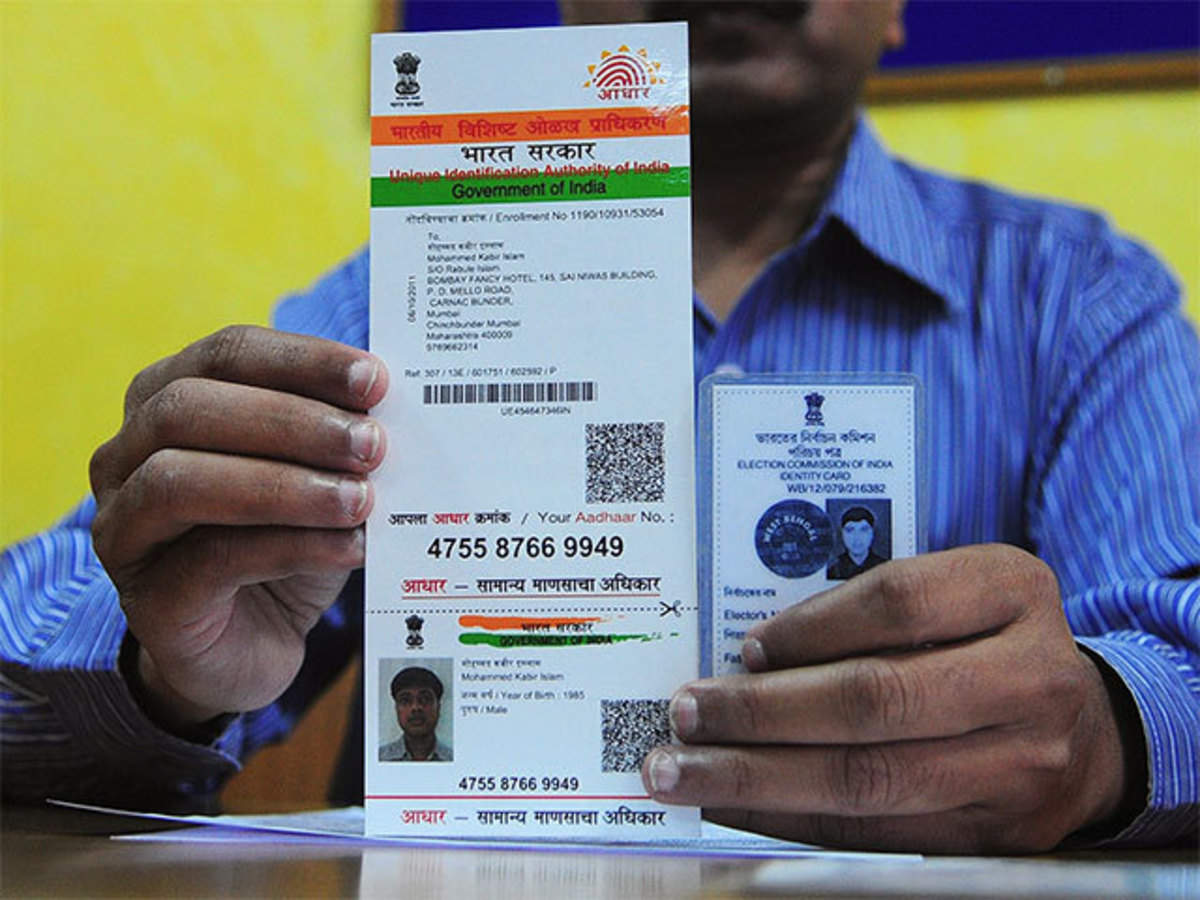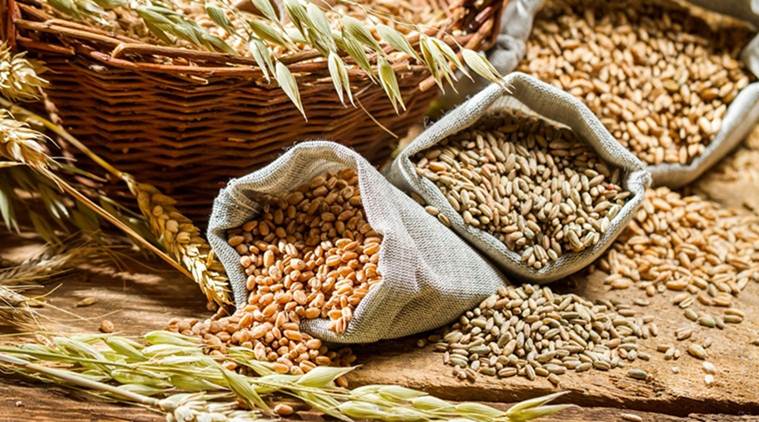The Public Distribution System (PDS) in India is a food security program that aims to provide essential food grains to the poor and needy sections of society. However, despite being a significant component of the government’s social welfare policy, the PDS has faced several challenges in its implementation. In this article, we will explore the major challenges of PDS in India.

Major Challenges:
1. Leakages and inefficiencies:
One of the primary challenges of the PDS is the issue of leakages and inefficiencies in the system. A significant portion of the food grains allocated for distribution through the PDS does not reach the intended beneficiaries due to pilferage, diversion, or corruption in the supply chain. The lack of transparency and accountability in the system further exacerbates the issue of leakages and inefficiencies.
-kCNB--621x414@LiveMint.JPG)
2. Targeting and identification of beneficiaries:
Another challenge of the PDS is the issue of targeting and identification of beneficiaries. The current system of identification of beneficiaries is based on the Below Poverty Line (BPL) criteria, which has been criticized for its inadequacy in identifying deserving beneficiaries. Many deserving beneficiaries are excluded from the PDS due to the limited coverage of the BPL criteria, while many non-deserving beneficiaries also manage to obtain benefits from the system.

3. Quality of food grains:
The quality of food grains distributed through the PDS is also a significant challenge. Poor quality grains, which are often infested with insects and rodents, are supplied to the beneficiaries, which not only compromises the health and nutrition of the beneficiaries but also leads to the wastage of food grains.

4. Supply chain management:
Supply chain management is another significant challenge in the PDS. The PDS involves a complex supply chain, which starts from the procurement of food grains from farmers to their distribution to the beneficiaries. The supply chain involves several intermediaries, including state agencies, transportation agencies, and fair price shops. The lack of coordination and accountability among the various intermediaries in the supply chain leads to delays, leakages, and inefficiencies in the system.

5. Infrastructure and logistics:
The inadequate infrastructure and logistics facilities are also significant challenges in the PDS. The lack of storage facilities, transportation infrastructure, and technology systems for monitoring and tracking the supply chain leads to the wastage of food grains, delays in distribution, and inefficiencies in the system.

6. Awareness and participation of beneficiaries:
Another challenge of the PDS is the issue of awareness and participation of beneficiaries. Many beneficiaries are not aware of their entitlements under the PDS and do not participate actively in the system. This leads to a lack of accountability and transparency in the system, which in turn facilitates leakages and inefficiencies.

7. Financial sustainability:
The financial sustainability of the PDS is also a significant challenge. The cost of procuring and distributing food grains through the PDS is enormous, and the government bears a substantial part of this cost. The government’s fiscal deficit and the high cost of subsidies have led to calls for the reform of the PDS and the introduction of more targeted and efficient food security programs.

Conclusion:
In conclusion, the Public Distribution System in India has faced several challenges in its implementation. The issue of leakages and inefficiencies in the system, targeting and identification of beneficiaries, quality of food grains, supply chain management, infrastructure and logistics, awareness, and participation of beneficiaries, and financial sustainability are some of the major challenges faced by the PDS. However, with the right policies and strategies, these challenges can be addressed, and the PDS can be made more efficient, transparent, and effective in achieving its goal of providing food security to the poor and needy sections of society.
